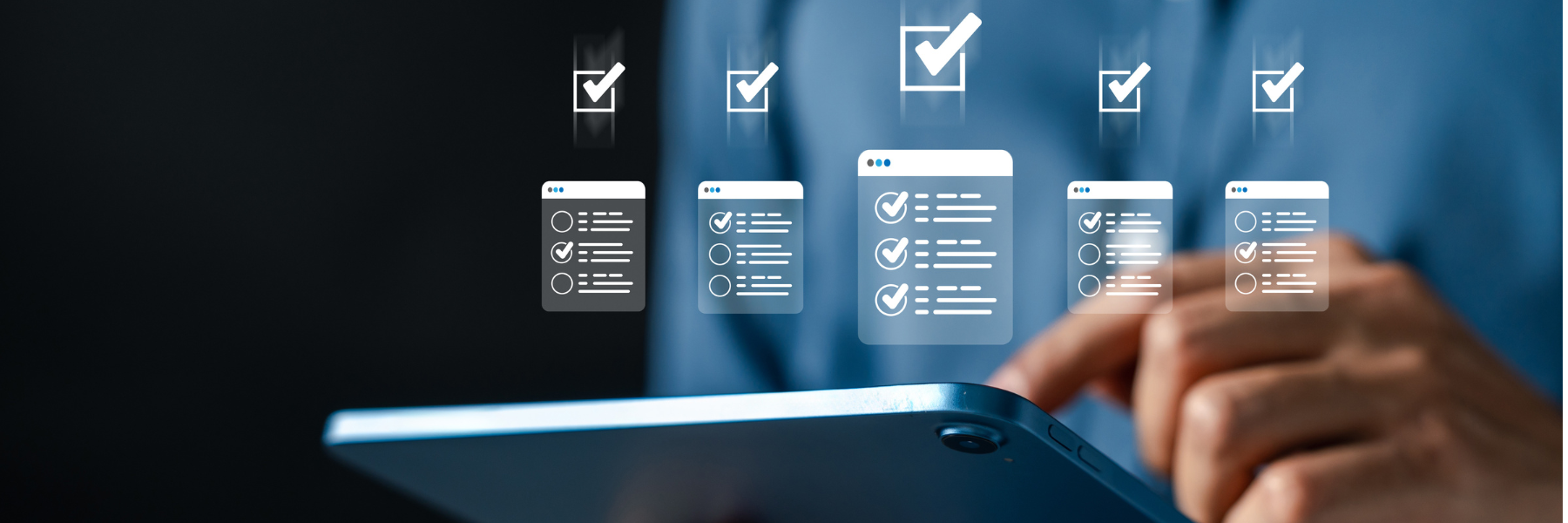
Wearable Data is Only Useful if It’s There: Helping You Collect Your Study Data

|
Written by Kim Rejndrup |
While our company name has recently changed to Ametris, our obsession with collecting high-quality raw device data remains strong as ever. With the ActiGraph LEAP® multi-sensor wearable device, we are capturing more raw data than ever, which, coupled with powerful algorithms translates into unprecedented data insights.
However, those valuable insights are only possible when the data is collected as expected. In this blog, I will share more details about a new feature in the platform that enables data collection to proceed as smoothly as possible.
Drawing on years of experience, we’ve identified the most common causes of data issues in clinical studies and developed both a proactive strategy to prevent missing data and a responsive solution for when missing data does occur. Below are some of the examples that we considered when developing our strategy to help minimize the risk of missing data:
- Is the wearable’s battery sufficiently charged?
- Is the memory approaching maximum capacity?
- When was the data last downloaded to the user’s phone?
- What about the phone’s battery and memory? Is the phone configured correctly?
- What is the limit of using cellular transfer for raw data?
And the list goes on…
An expedient and qualified reaction to arising data issues is essential. Having the platform belatedly inform you that some participants did not collect data yesterday is just too late!
A Dashboard with Proactive Data Collection and Intuitive Alerts
When managing a study with a large number of participants, it is important that you can easily home in on the participants with problems or potential problems, so that you can action to ensure that data is collected as expected. It is important that the platform helps you optimize the data collection via rule-based notifications.
So how did we approach this problem in the latest version of our platform?
One part of the solution is engaging with the participants by making them aware of any issues, so that they are empowered to address the issue, without needing site personnel intervention.
Participant Alerts
 The first step is sending a notification when something is amiss. We see notifications on our own phones every day, so many participants are already familiar with this mechanism. However, what if the phone doesn’t have an internet connection? What if it is a provisioned phone not allowed to use a cellular service for cost reasons, and the phone can no longer connect to Wi-Fi?
The first step is sending a notification when something is amiss. We see notifications on our own phones every day, so many participants are already familiar with this mechanism. However, what if the phone doesn’t have an internet connection? What if it is a provisioned phone not allowed to use a cellular service for cost reasons, and the phone can no longer connect to Wi-Fi?
To address this situation, our notifications are triggered by the phone’s interaction with the wearable device, ensuring that the participant receives the notification, regardless of internet access. Hence, the participant would still be notified of any issues – including notifications that the internet connection failed.
Messages are predefined in the mobile app, which are translated into 20+ languages, making this solution well suited for global studies.
As the participant presses the notification and navigates to the mobile app, a simple dashboard will display the action required to resolve the issue. In the example below, the participant will have to press the manual sync button to resolve the issue (middle screenshot).

In the rare instance that site personnel assistance is needed to resolve an issue, the participant can navigate to the detailed status information, which typically matches the Site view of the situation (unless the data could not be uploaded to the platform due to failed internet connectivity). The site personnel can therefore easily compare their view to the participant’s view.
In a case where the site personnel are on the phone with a participant who has been alerted that they have a data collection issue, the site personnel can easily navigate to the issue in the platform UI and see what action the participant needs to take. In this example, the participant needs to charge their provisioned phone, which might already have shut down.
that they have a data collection issue, the site personnel can easily navigate to the issue in the platform UI and see what action the participant needs to take. In this example, the participant needs to charge their provisioned phone, which might already have shut down.
If you are concerned with the participant getting inundated with notifications, you can define at the study level which events will trigger a notification. Furthermore, each notification is only sent once a day, and you can configure for how many days the notification should be repeated.
Site Dashboard
When site personnel are monitoring participants in a study to assess the status of wearable data collection, filters in the platform UI enable them to easily identify which participants require attention. No more navigating to multiple screens to find the status of the data collection in a study. It is all right here at their fingertips!

In our experience, ensuring that participants are wearing a DHT device in accordance with the protocol can often be one of the most challenging parts of the study. It is therefore important that the platform makes this work as simple as possible. To us, this meant designing a dashboard that shows the relevant information with the fewest clicks possible.
In conclusion, we have designed a truly fit-for-purpose platform dashboard, phone, and wearable device solution that will make it as simple as possible to capture data from wearables as defined by the protocol. We are excited to hear your feedback on this new and improved functionality.
Contact us to discuss how we can support high-quality, complete data collection in your next study.
>> For more information, watch our Digital Health Monthly webinar featuring experienced digital health leaders from Pfizer, Novartis, and J&J Innovative Medicine, Real-World DHT Adherence Insights and Good Practice for Clinical Development
